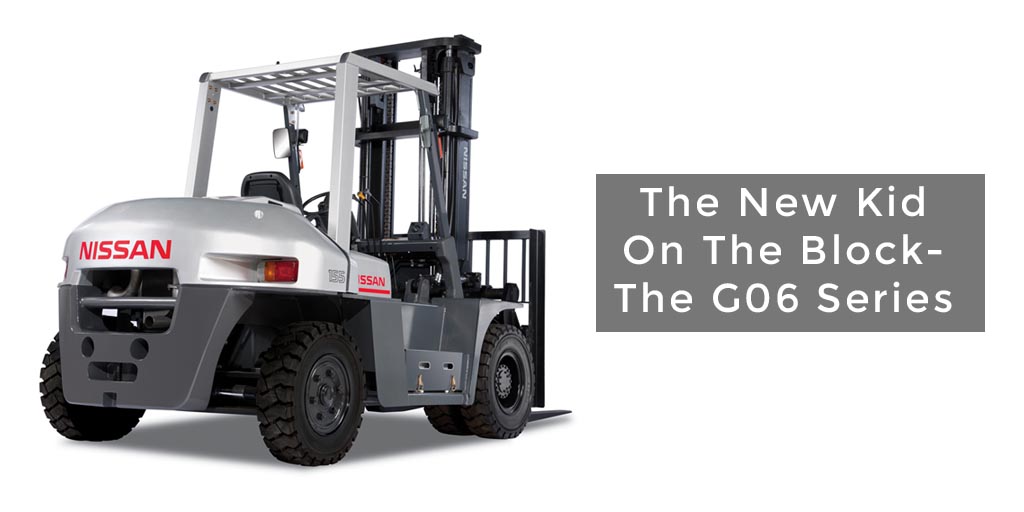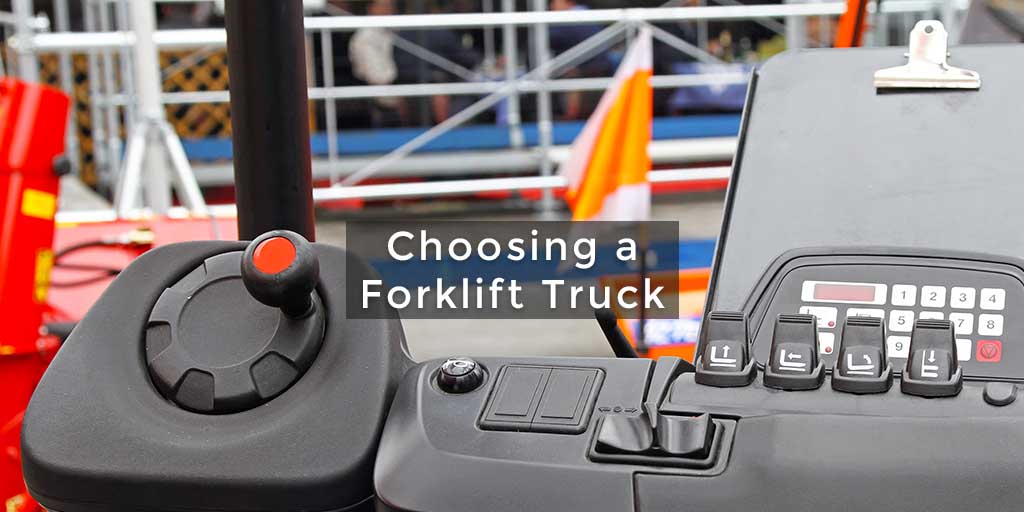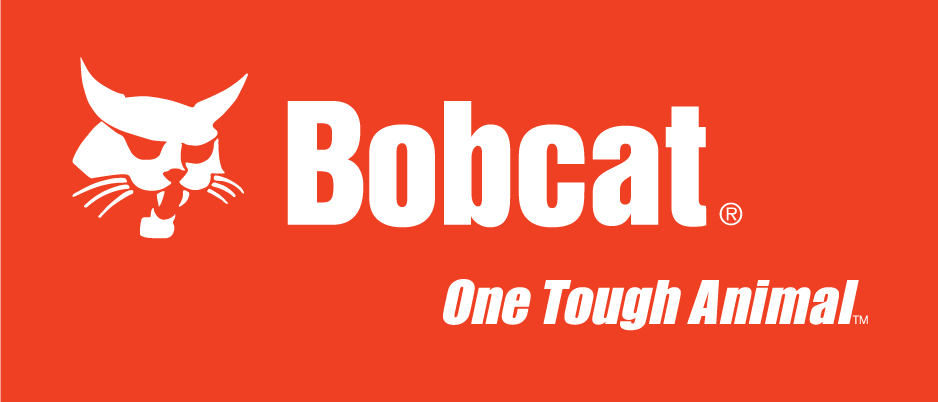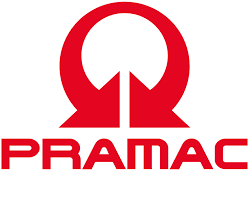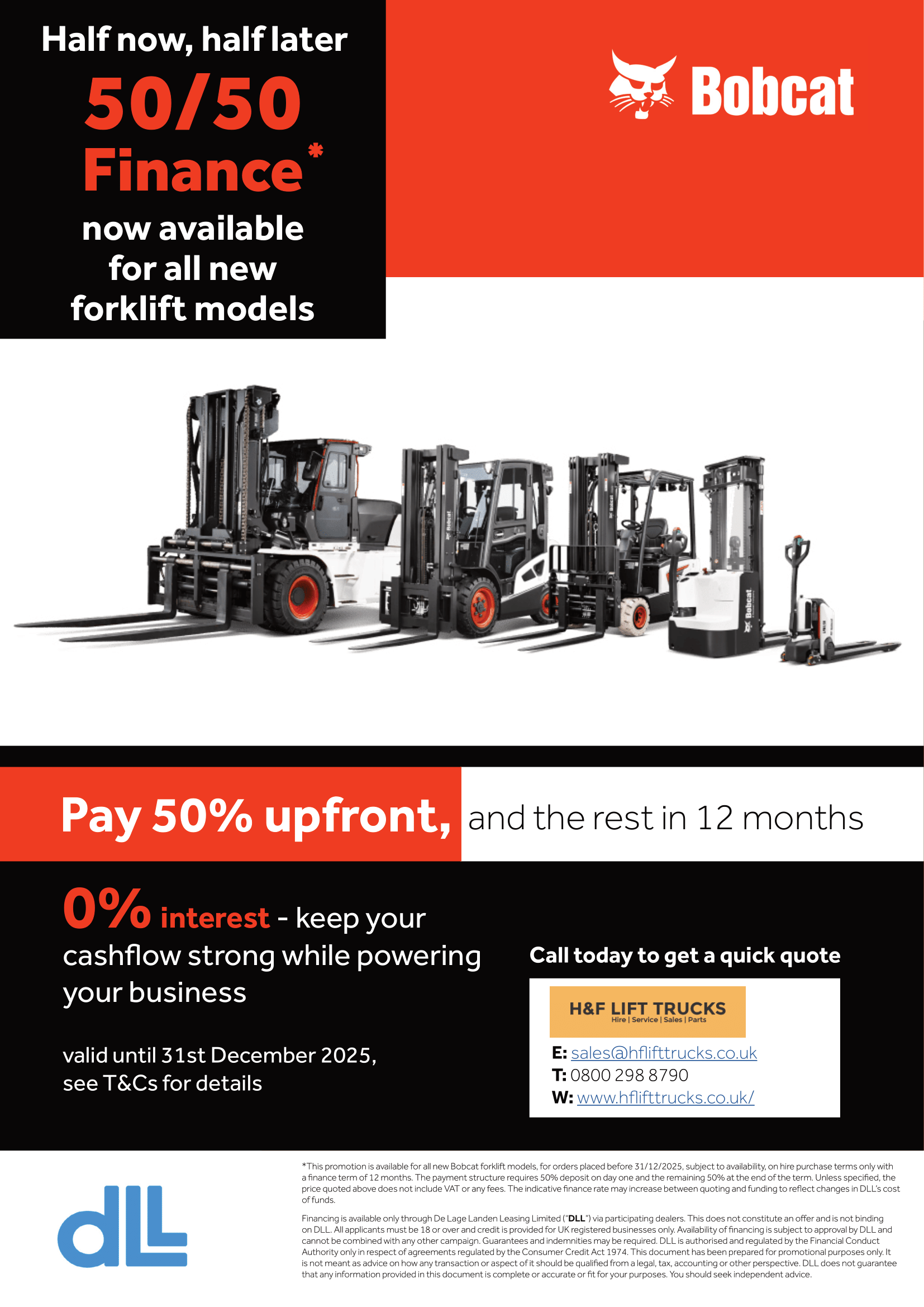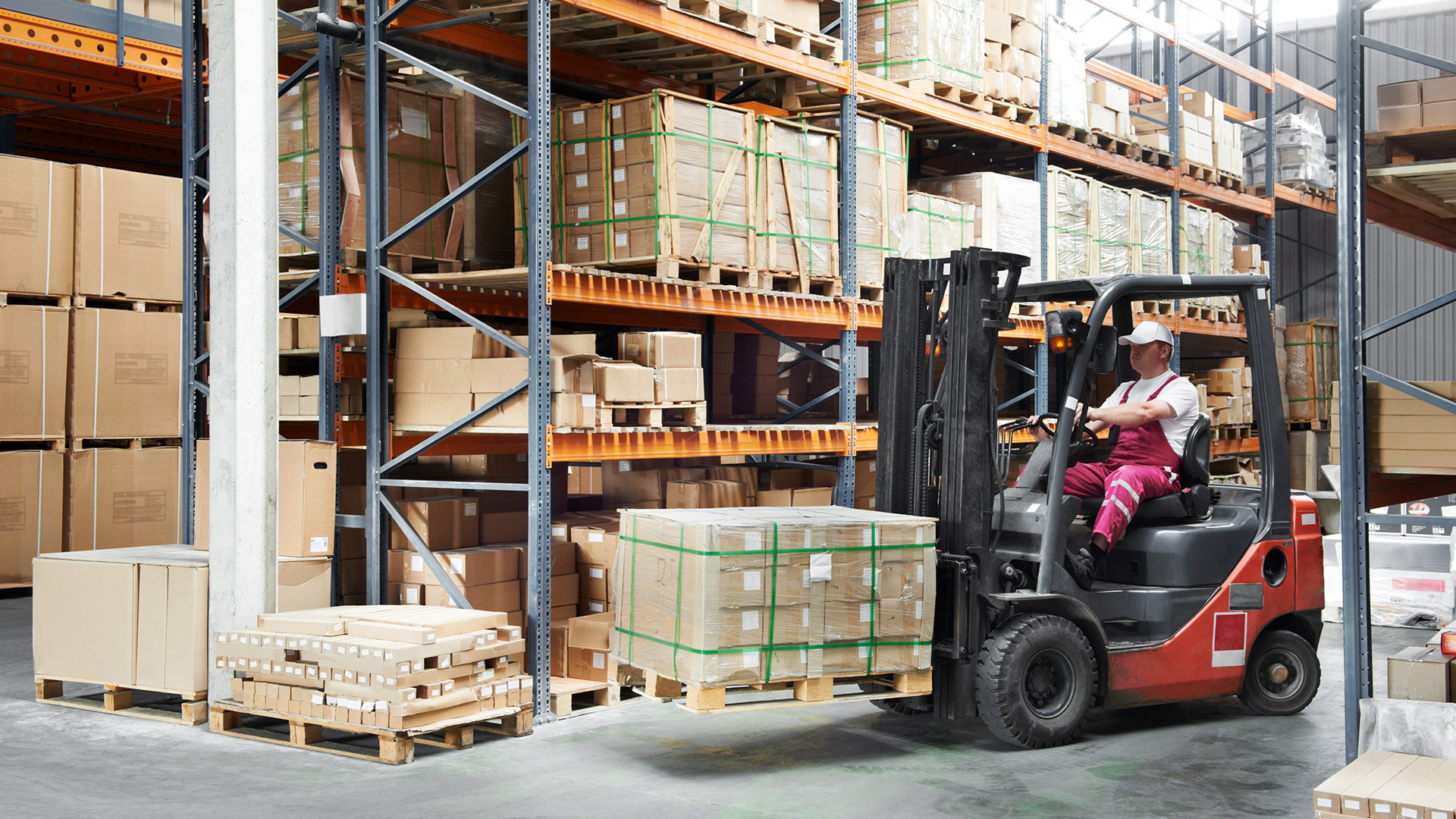
No two warehouses are built the same, so a one-size-fits-all forklift doesn’t work. If your truck is too large for your layout, it can cause delays, damage and most worryingly, safety risks.
As one of the leading forklift truck suppliers in the country, we’ve put together this blog to show you how to choose the right forklift for your space and why it matters.
Measure Your Aisles and Turning Space
Start with your aisle width. If it’s tight, you’ll need a forklift that can move in small spaces. Reach trucks, articulated forklifts and three-wheel models are built for this. They offer smaller turning circles and better control in narrow lanes. Always check the forklift’s turning radius against your available space. If it can’t turn safely, it shouldn’t be on the floor.
Know Your Racking Height and Lift Requirements
If your racking goes high, your forklift needs to match. That means checking both mast height and stability at full reach. Some trucks lose lifting power the higher they go, so look at load capacity at height, not just at ground level. Clear visibility is just as important, especially when stacking. For bulk storage or tall shelving, a high-reach or telescopic mast truck is often the best choice.
Think About Flooring and Surface Conditions
The surface your forklift runs on matters more than you might think. Rough or uneven floors (especially outdoors) need machines with pneumatic tyres and better grip. For smooth indoor flooring, electric models with cushion tyres work well and leave less wear behind. A mismatch here can lead to accidents, faster tyre wear, or poor performance. Check the surface first, then choose your machine.
Consider Manoeuvrability and Traffic Flow
In a busy warehouse, space is tight and time matters. Forklifts need to move freely without blocking walkways or slowing others down. Smaller machines or pedestrian-operated pallet trucks can work better in high-traffic areas. Aim to keep aisles clear and reduce the need for reversing where possible. Good traffic flow is safer, faster and easier to manage.
Don’t Forget About Power and Charging Access
Electric forklifts are quiet and clean, but they need charging access. Make sure your layout allows easy reach to charging points without causing disruption. In larger warehouses or those with outdoor areas, LPG or diesel might be more practical. Always consider ventilation and safety if using fuel-powered machines. Your choice of power should suit the space, rather than just the budget.
Think About Load Type and Handling Needs
Not all forklifts handle loads the same way. If you’re lifting pallets, a standard counterbalance might do the job. But if you’re moving long or awkward items, like piping or furniture, a side loader or multi-directional forklift could be a better fit. Your layout should support how the forklift picks up, moves and sets down each load safely and efficiently.
Plan for Growth and Future Layout Changes
If your warehouse layout might change in the next year or two, your forklift choice should reflect that. A machine that works well now could become a problem later if racking gets taller or aisles get tighter. Choose something that gives you flexibility to scale. It’s much better to plan ahead than end up with equipment that holds you back and causes issues later down the line.
Choosing the right forklift for your warehouse layout is not just about ticking boxes. It affects safety, efficiency and long-term costs. A well-matched machine keeps your team moving and your operations running smoothly. Speak to H&F Lift Trucks for expert advice on choosing the best fit for your space.


